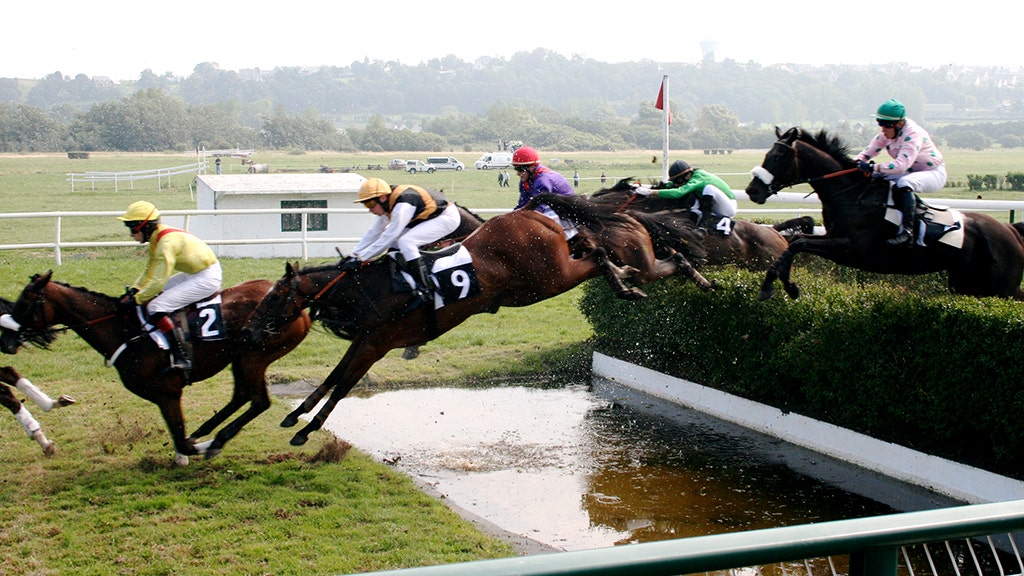Safety Measures and Prevention Strategies: Steeplechase Fall

Steeplechase racing, known for its thrilling jumps and demanding course, presents inherent risks of falls for both riders and horses. Understanding and implementing safety measures and prevention strategies is crucial to minimizing these risks and ensuring the well-being of all involved.
Safety Equipment for Riders and Horses
Essential safety equipment plays a significant role in mitigating the impact of falls. The following table Artikels key equipment for riders and horses:
| Equipment | Rider | Horse |
|---|---|---|
| Helmet | A properly fitted helmet certified by recognized safety standards is mandatory for all riders. It provides protection against head injuries in case of falls. | While not typically worn by horses, specialized headgear for horses is available for specific situations, such as racing or trail riding. |
| Protective Gear | Protective gear includes boots with reinforced toes and heels, body protectors, and gloves. These help minimize injuries to the rider’s limbs and torso. | Protective boots and leg wraps are commonly used to safeguard the horse’s legs from injury during training and competition. |
| Safety Barriers | Course design incorporates safety barriers, such as fences and rails, to prevent horses from straying off the track or colliding with obstacles. | Safety barriers are essential for protecting horses and riders from potential hazards, especially during jumps. |
Training Methods and Techniques, Steeplechase fall
Proper training is fundamental to minimizing the risk of falls. Both riders and horses need to be adequately prepared for the demands of steeplechase racing.
“Training should focus on building a strong partnership between rider and horse, fostering communication, and developing the horse’s jumping technique.”
- Rider Fitness and Skill: Riders should be physically fit and possess the necessary riding skills to control the horse effectively. Regular training, including strength and conditioning, helps riders maintain balance and agility.
- Horse Conditioning and Training: Horses require rigorous training to develop their jumping ability, stamina, and obedience. This includes conditioning exercises, obstacle training, and practice jumps.
- Communication and Control: Effective communication between rider and horse is vital for safe and successful racing. Riders must be able to provide clear cues and maintain control, while horses must respond to commands promptly.
Man, that steeplechase fall was brutal! I’m pretty sure I saw his helmet roll across the finish line before he even landed. I’m just glad he’s okay. Reminds me of that time I fell off my skateboard and landed right on my butt.
Luckily, I had my comfy cream leather swivel chair waiting for me when I got home. Anyway, that steeplechase was intense! Can’t wait to see how the rest of the race goes.
A steeplechase fall can be a real shocker, especially when you’re trying to stay on top of your game. But even after a wipeout, you can still bounce back with style, just like the iconic arne jacobsen series 7 chair leather.
It’s a timeless design that never goes out of fashion, just like a good rider who always gets back in the saddle. So, whether you’re a seasoned pro or just starting out, remember that resilience and style are always in fashion.